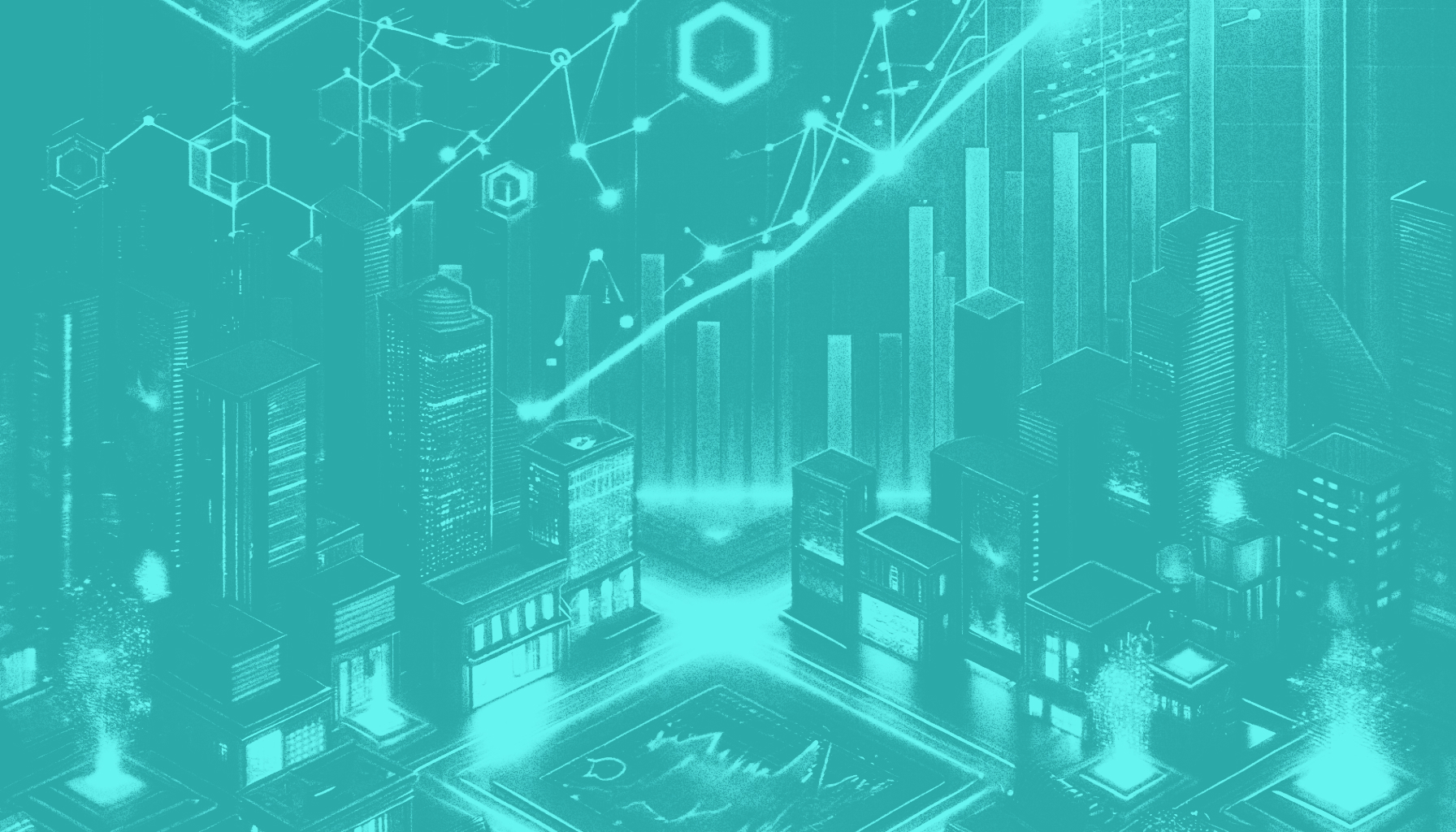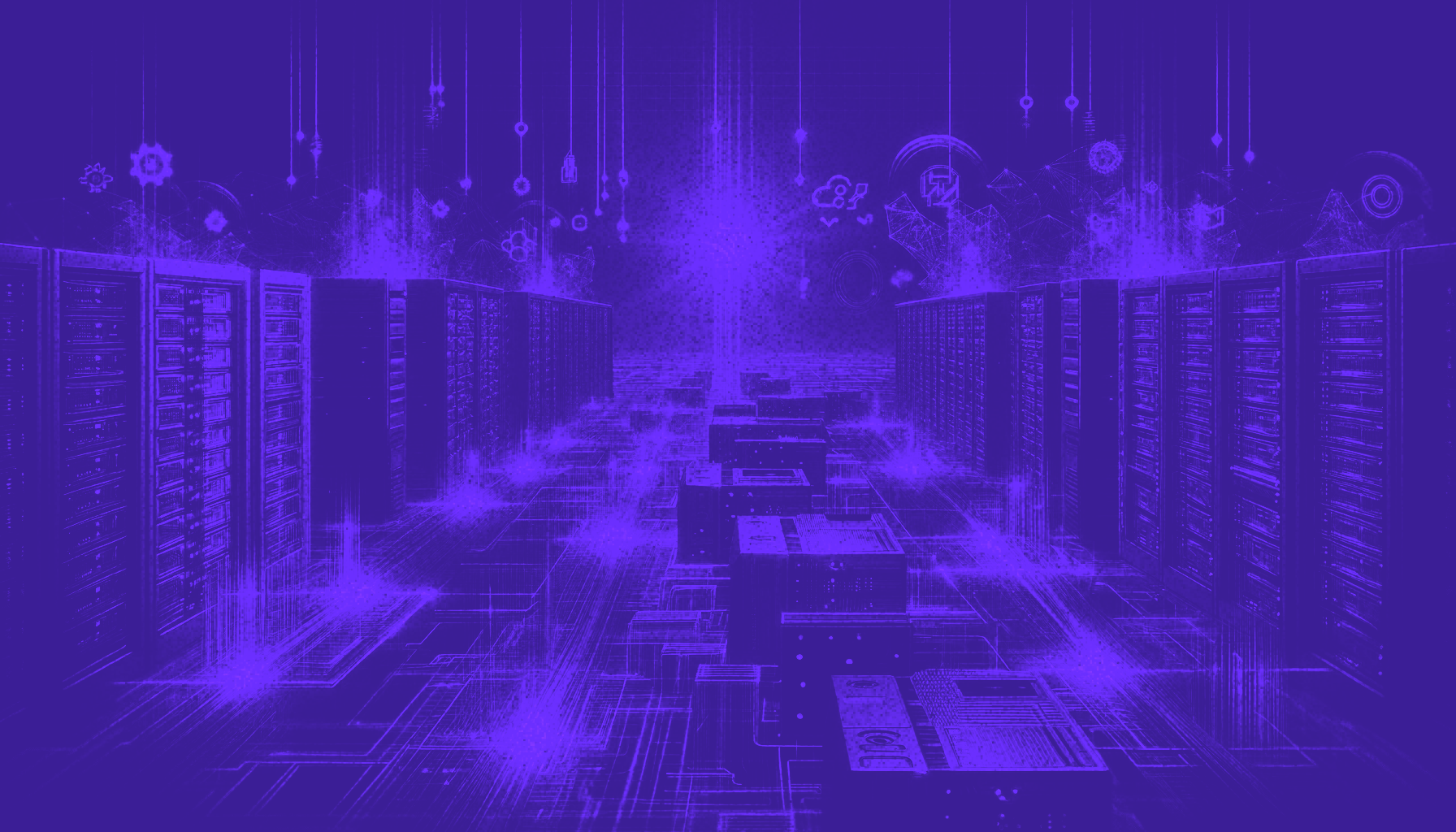Developing products needs to be broken down into several simple steps to facilitate the entire process. It helps us organize teams and processes to achieve the best possible outcome and make future customers happy.
In traditional software development, this is usually done by using the Software Development Lifecycle (SDLC) model that includes processes such as planning, defining, designing, building, testing, and deployment.
However, in the world of blockchain, things get a bit more complicated. We’ll explore an 8-step model that is currently considered the best among blockchain developers.
Step 1: Define the Problem Your Product or Service Should Solve
The first step is to define the issue you want to resolve with your blockchain product. This is somewhat different compared to traditional software development, as blockchain focuses on solving a particular set of problems. Therefore, you don’t want to use blockchain where it is not required, as that can be both expensive and unnecessary.
You don’t have to use the technology just because it’s revolutionary. Instead, try to locate a real problem where blockchain can genuinely help. To do that, you need to understand what the main advantages of blockchain are compared to other technologies.
Step 2: Choose the Best Consensus Mechanism for Your Project
Blockchain brought about several consensus mechanisms; the most popular ones are proof of work and proof of stake. Although proof of work is the most common one, you can consider using other mechanisms too if they fit your project.
Apart from the two options we mentioned, there are several other mechanisms such as proof of importance, proof of elapsed time, proof of identity, proof of burn, and practical Byzantine fault-tolerant mechanism.
Step 3: Choose the Blockchain Platform for Your Project
Blockchain development is usually conducted using one of the several popular platforms that are designed to facilitate the entire process. Perhaps the most popular platform the majority of projects are built on is Ethereum. However, it’s definitely not the only option. Other popular platforms are Hyperledger Fabric, IBM Blockchain, Hydrachain, Multichain, and more.
Choosing a platform is not only a matter of personal preference. You should choose a platform that will help you with the development process of your particular project.
Step 4: Design the Architecture
The next step in the blockchain development cycle is to work on the architecture of the internal nodes of your blockchain network. You can decide whether you want your blockchain to include permission or be permissionless.
Moreover, you need to determine whether you will create a private or public blockchain network. Ultimately, there are some hybrid options that are worth taking into account for certain types of projects.
Step 5: Configure Your Blockchain App
Before you start working on a project, you need to make specific configurations. However, don’t rush through this part as some things cannot be changed later. Therefore, when you reach this part, you should do it with someone who has a lot of experience in the field. At this point, you need to configure some elements such as permissions, block signatures, address formats, key management, and more.
Step 6: It’s Time to Build the APIs
When you reach this stage, you’ll stumble upon prebuilt APIs that can help you with the development process. However, you need to know what kind of API your product can benefit from the most.
You’ll need APIs that generate key pairs and addresses and perform functions related to auditing. Moreover, you’ll need APIs for data storage and retrieval and data authentication using hashes and digital signatures.
Finally, almost every blockchain product requires APIs that focus on the lifecycle management of smart assets and deal with smart contracts.
Step 7: Designing the Interface for Admins and Users
When you reach this step, it’s time to focus on what admins and users are going to see when they start using your product. Perhaps the most important thing here is to select the programming language you’re going to work on.
Some of the popular options for blockchain developers are HTML/CSS/Javascript, PHP, Java, C#, Python, Solidity, Ruby, Golang, NodeJS, AngularJS, and more. After that, you also need to choose a database you’re going to work with. Popular options are MongoDB and MySQL.
Step 8: Start With an MVP
Once you set everything, don’t create the entire product with all the features you had in mind. Blockchain is a relatively new and unexplored technology, meaning a lot of things can go wrong, no matter how well you thought it through. Therefore, the best possible approach to developing blockchain products is to start with a minimum viable product.
In other words, you don’t need a high-end user interface, impressive features, or captivating design. Instead, focus on core functionality and try to identify possible problems in the process.
Conclusion: It’s Just a Start
To sum up, you should take into account that the blockchain development cycle described in this article is basically the first step. Once you create your MVP and reach early adopters, it’s time to focus on improving your product and making it as good as possible.
Developing blockchain products isn’t easy, as the entire technology is still rather new. If you’re interested in using this technology, you should work with professionals who understand the intricacies of the blockchain development lifecycle.



